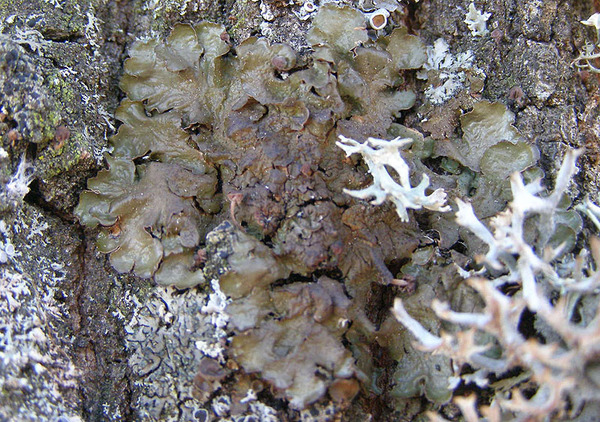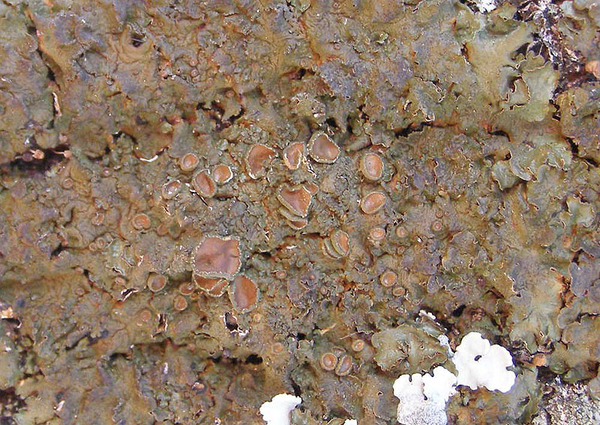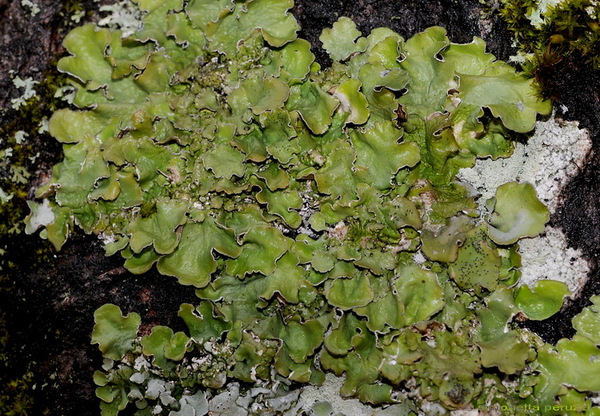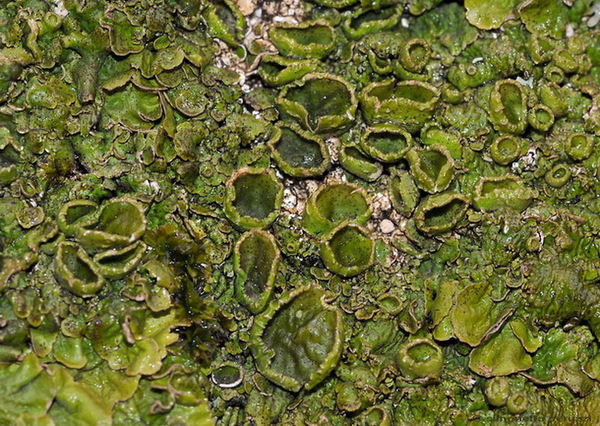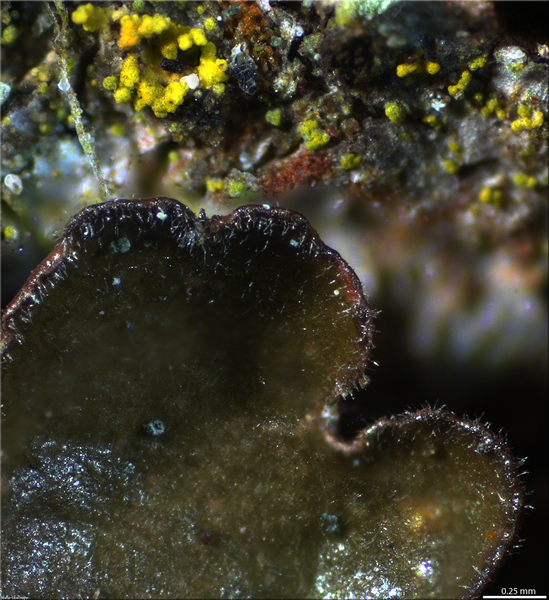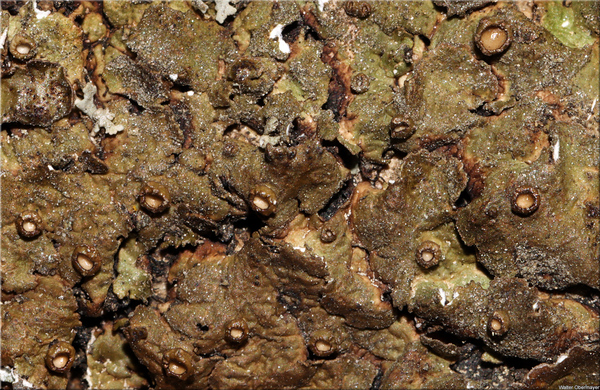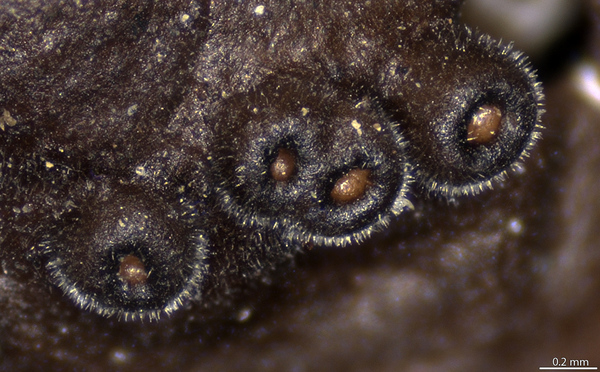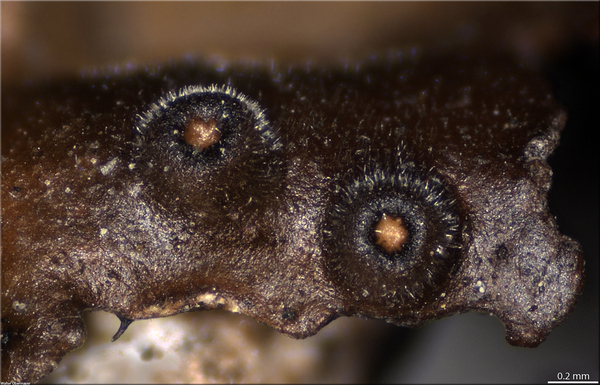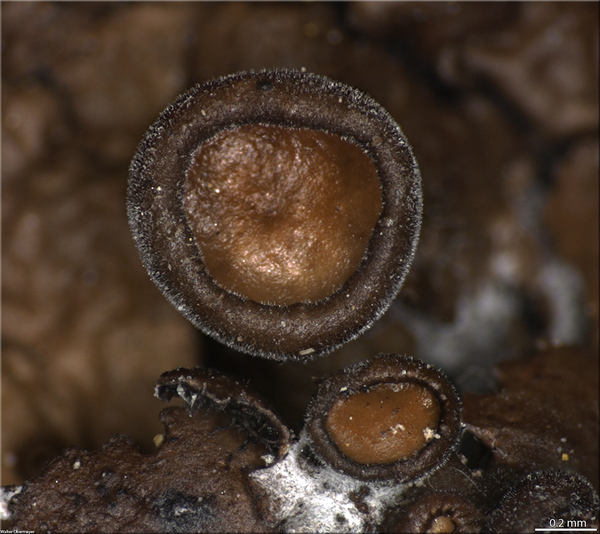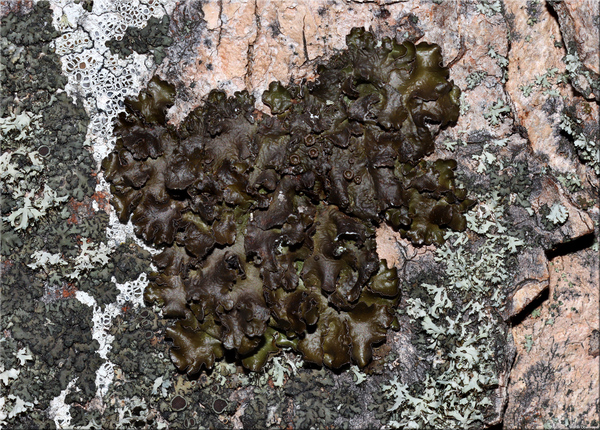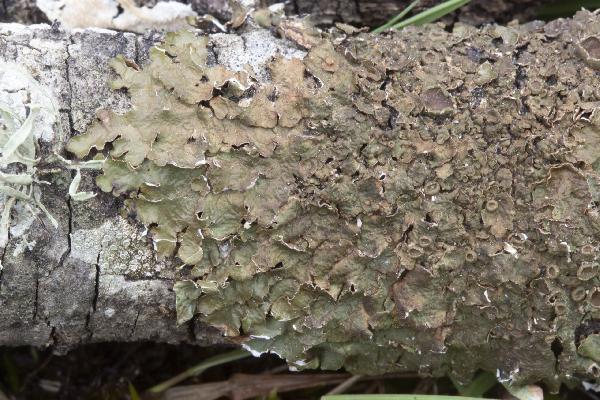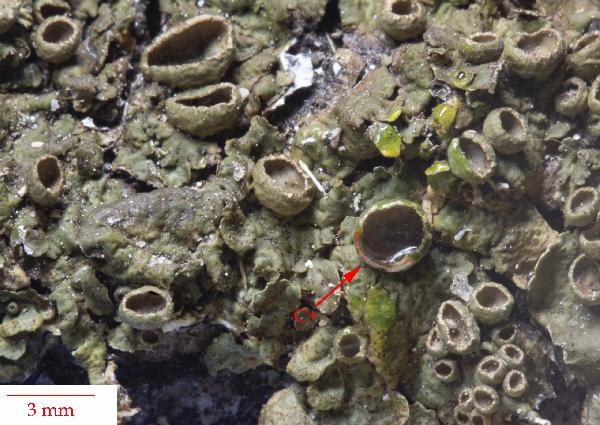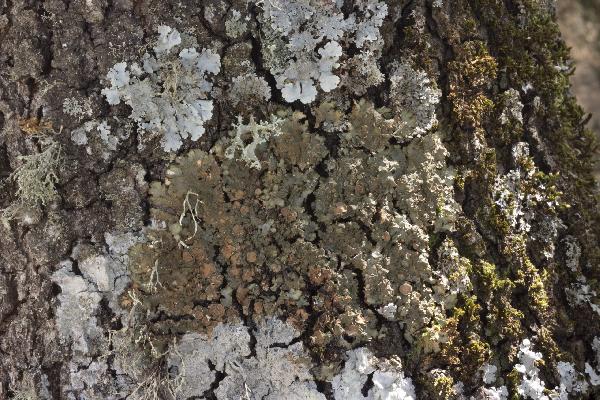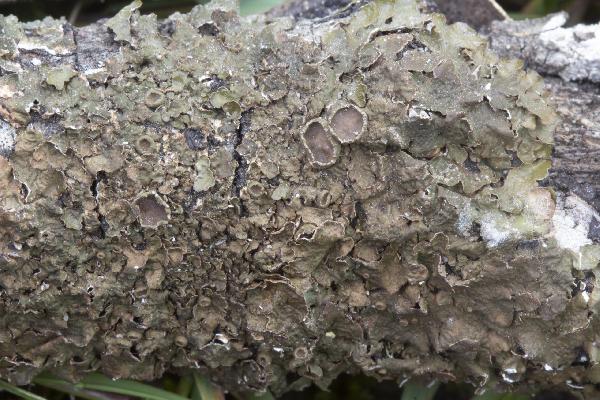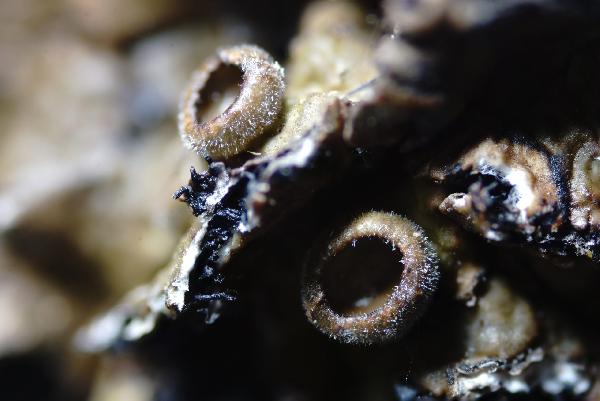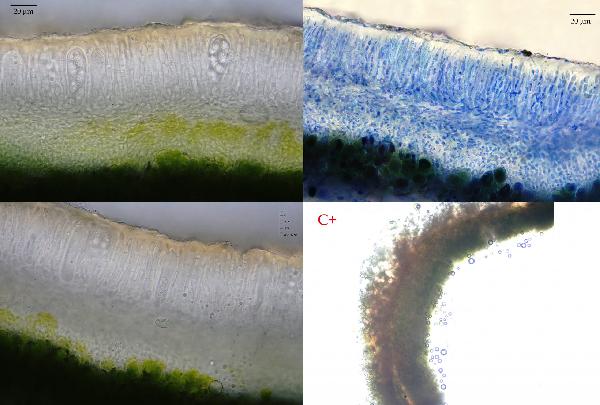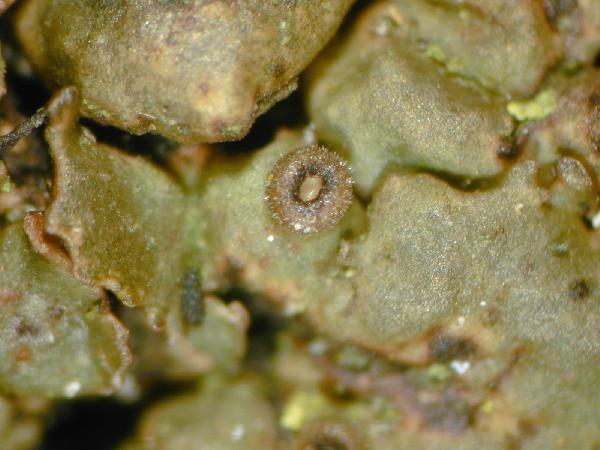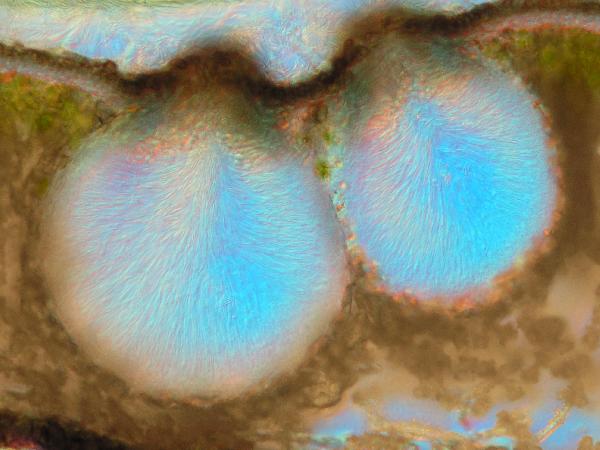Melanelixia glabra (Schaer.) O. Blanco, A. Crespo, Divakar, Essl., D. Hawksw. & Lumbsch
Mycol. Res., 108: 882, 2004. Basionym: Parmelia olivacea var. corticola f. glabra Schaer. - Lich. Helv. Spicil., 10: 466, 1840.
Synonyms: Melanelia glabra (Schaer.) Essl.; Parmelia glabra (Schaer.) Nyl.; Parmelia olivacea auct. ital. p.p.; Parmelia olivacea var. glabra (Schaer.) Linds.; Parmelia olivacea var. imbricata A. Massal.
Description: Thallus foliose, heteromerous, dorsiventral, broad-lobed, appressed or slightly ascending at the periphery, forming large, up to 11(-15) cm wide, sometimes confluent, orbicular rosettes. Lobes rounded at tips, contiguous to imbricate, 2-5(-8) mm broad, mostly flat, brown, smooth to strongly rugose in central parts, with tiny, hyaline cortical hairs visible at least on some lobe-ends and on apothecial margins (stereo-microscope!); pseudocyphellae inconspicuous, present on warts or ridges, especially on the apothecial margins. Lower surface dark brown to black, often paler at margins, with simple, black rhizines. Upper cortex paraplectenchymatous, with a pored epicortex, the cell walls containing isolichenan; medulla white; lower cortex paraplectenchymatous. Apothecia common, lecanorine, to 1.5(-2) cm across, sessile to shortly stipitate, with an initially strongly concave, then irregularly flattened, brown disc, and a reticulately ridged, often pseudocyphellate margin which nearly always has cortical hairs. Epithecium brown; hymenium and hypothecium colourless. Asci 8-spored, clavate, the K/I+ blue tholus penetrated by a faintly amyloid apical cushion with parallel or diverging flanks, the wall K/I-, surrounded by a K/I+ blue outer layer, Lecanora-type. Ascospores 1-celled, hyaline, ellipsoid to broadly ovoid, 11-15 x 5.5-8(-10) µm. Pycnidia common, immersed. Conidia bacilliform, (6.5-)8-9 x c. 1 µm. Photobiont chlorococcoid. Spot tests: upper cortex K-, C-, KC-, P-, N-; medulla K-, C+ red, KC+ red, P-, UV-. Chemistry: medulla with lecanoric acid.
Growth form: Foliose, broad lobed
Substrata: bark
Photobiont: green algae other than Trentepohlia
Reproductive strategy: mainly sexual
Commonnes-rarity: (info)
Alpine belt: absent
Subalpine belt: absent
Montane belt: rather rare
Dry submediterranean belt: very common
Humid submediterranean belt: common
Padanian area: extremely rare
pH of the substrata:
1 2 3 4 5
Solar irradiation:
1 2 3 4 5
Aridity:
1 2 3 4 5
Eutrophication:
1 2 3 4 5
Poleotolerance:
0 1 2 3
Altitudinal distribution:
1 2 3 4 5 6
Rarity
absent
extremely rare
very rare
rare
rather rare
rather common
common
very common
extremely common
Loading data...
Occurrence data
Predictive map
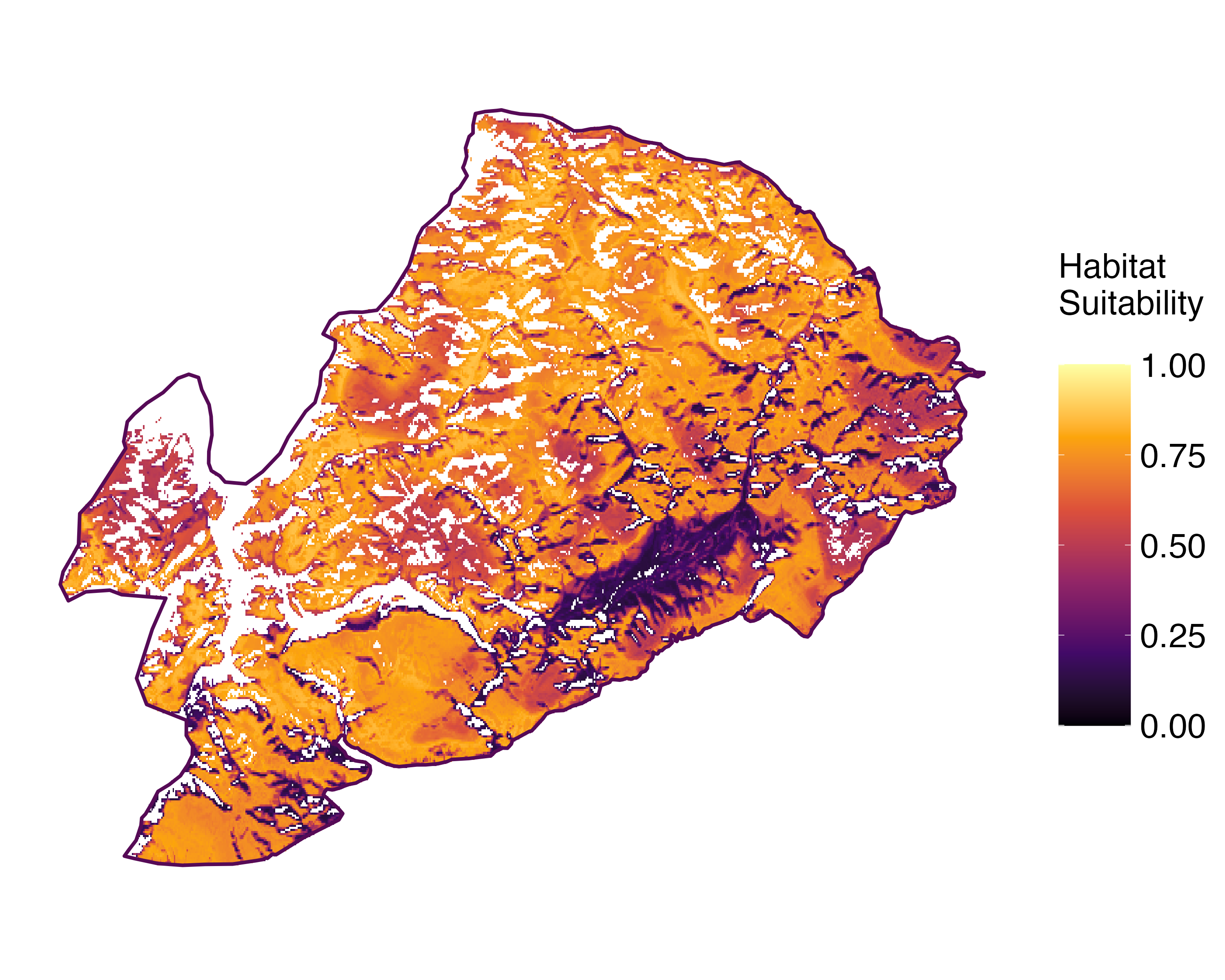 Current prediction (1981-2010)
Current prediction (1981-2010) Future prediction (2071-2100) SSP 1-2.6
Future prediction (2071-2100) SSP 1-2.6 Future prediction (2071-2100) SSP 5-8.5Predictive maps according to Francesconi et al. 2025
Future prediction (2071-2100) SSP 5-8.5Predictive maps according to Francesconi et al. 2025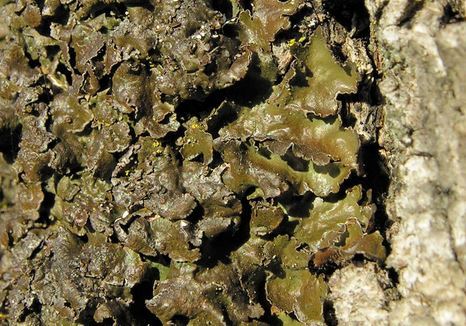
Andrea Moro; Owner: Department of Life Sciences, University of Trieste
Italy, Friuli Venezia Giulia, Trieste, Trieste Karst, Basovizza
21/02/2008
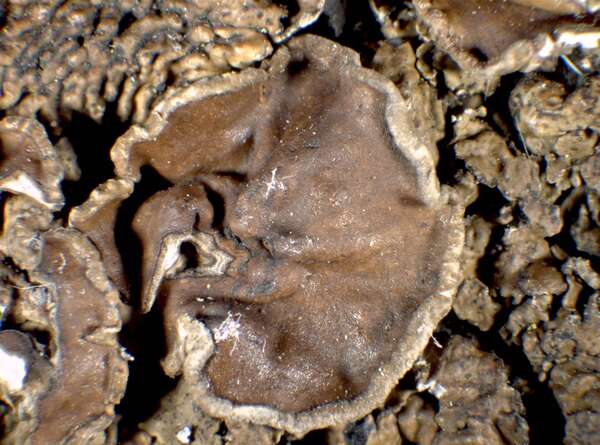
P.L. Nimis; Owner: Department of Life Sciences, University of Trieste
Herbarium: TSB (34313)
2001/12/24
apothecium
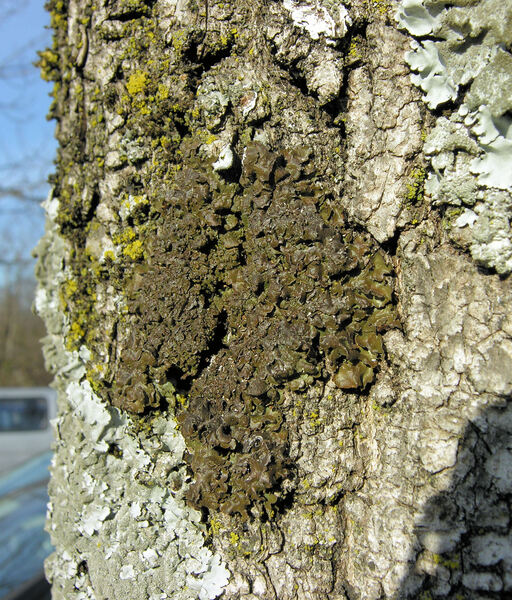
Andrea Moro; Owner: Department of Life Sciences, University of Trieste
Italy, Friuli-Venezia Giulia, TS, Basovizza; altitude: 2
2008.02.21
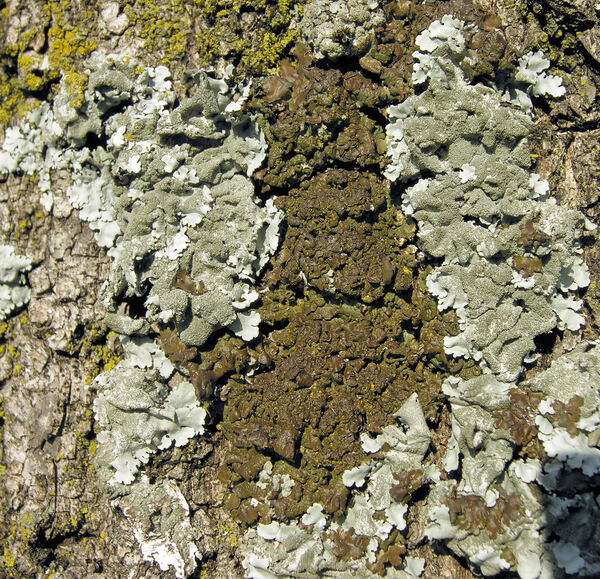
Andrea Moro; Owner: Department of Life Sciences, University of Trieste
Italy, Friuli-Venezia Giulia, TS, Basovizza; altitude: 2
2008.02.21
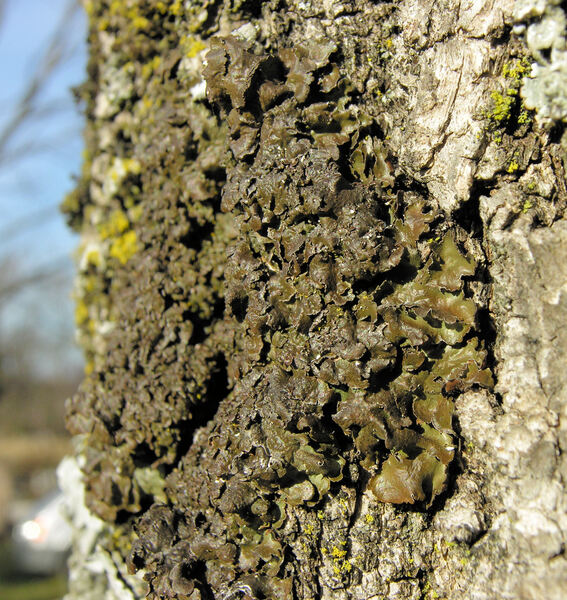
Andrea Moro; Owner: Department of Life Sciences, University of Trieste
Italy, Friuli-Venezia Giulia, TS, Basovizza; altitude: 2
2008.02.21
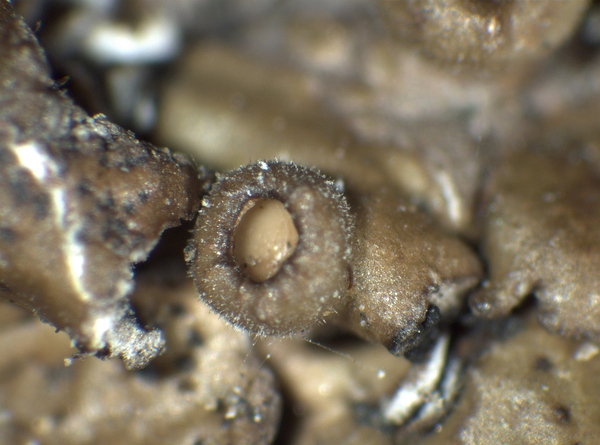
P.L.Nimis; Owner: Department of Life Sciences, University of Trieste
Herbarium: TSB (37012)
2008.02.28
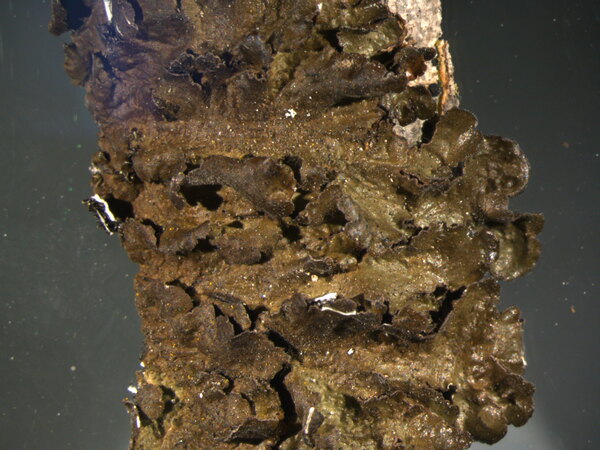
Juri Nascimbene; Owner: Department of Life Sciences, University of Trieste
Italy, Trentino-Alto Adige, Trento, Villa Welsperg, Centro Visitatori del Parco di Paneveggio; altitude: 1030 m
03.04.2009
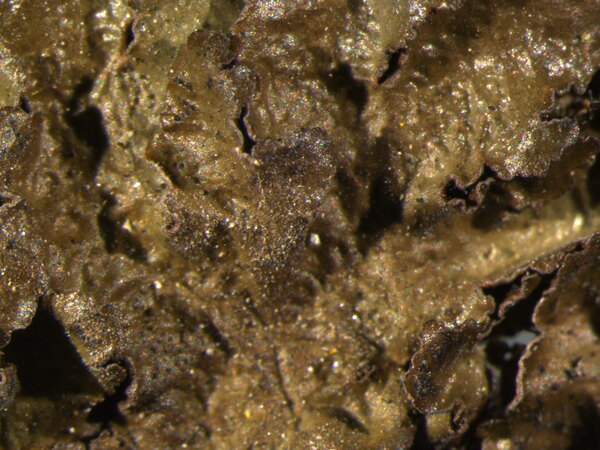
Juri Nascimbene; Owner: Department of Life Sciences, University of Trieste
Italy, Trentino-Alto Adige, Trento, Villa Welsperg, Centro Visitatori del Parco di Paneveggio; altitude: 1030 m
03.04.2009
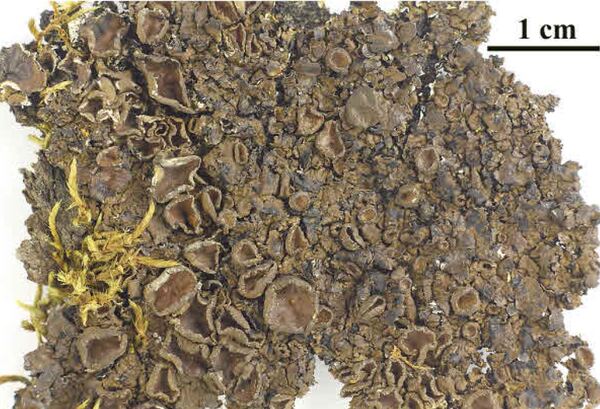
Felix Schumm – CC BY-SA 4.0
[1154], Österreich, Tirol, Tannheimer Tal, bei Nesselwängle, an Eberesche, 1150 m. Leg. et det. Schumm 15.03.1968
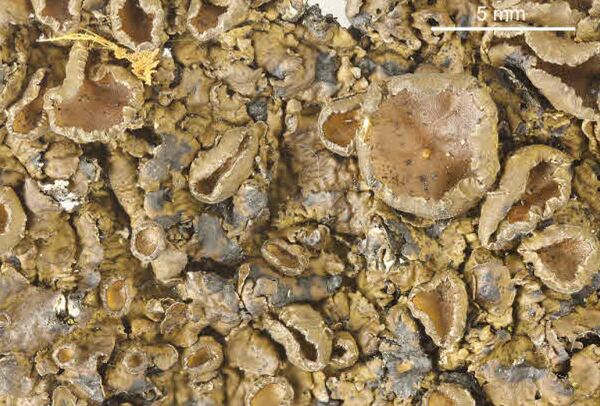
Felix Schumm – CC BY-SA 4.0
[1154], Österreich, Tirol, Tannheimer Tal, bei Nesselwängle, an Eberesche, 1150 m. Leg. et det. Schumm 15.03.1968
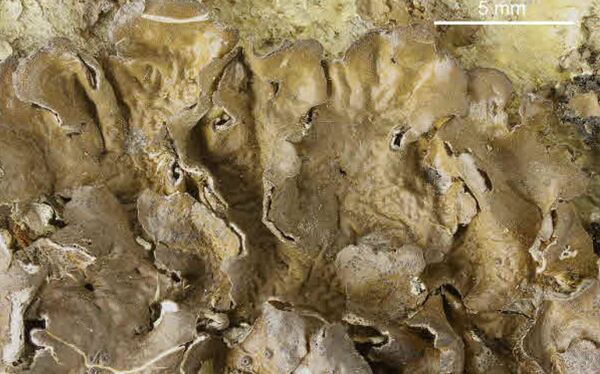
Felix Schumm – CC BY-SA 4.0
[1154], Österreich, Tirol, Tannheimer Tal, bei Nesselwängle, an Eberesche, 1150 m. Leg. et det. Schumm 15.03.1968
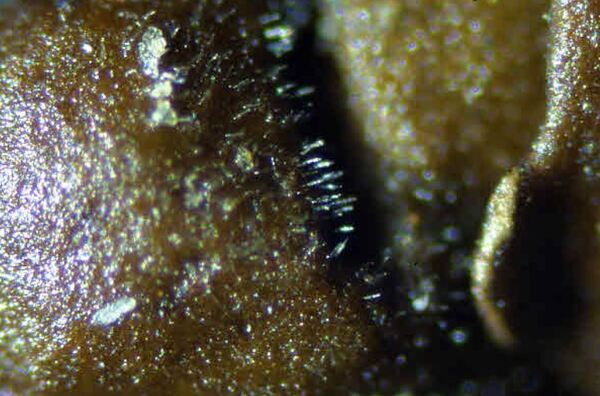
Felix Schumm – CC BY-SA 4.0
[1154], Österreich, Tirol, Tannheimer Tal, bei Nesselwängle, an Eberesche, 1150 m. Leg. et det. Schumm 15.03.1968
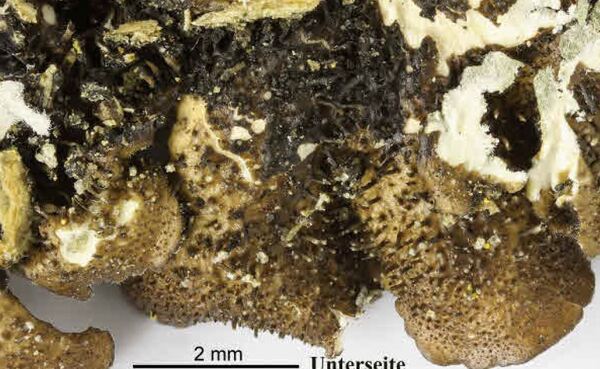
Felix Schumm – CC BY-SA 4.0
[1154], Österreich, Tirol, Tannheimer Tal, bei Nesselwängle, an Eberesche, 1150 m. Leg. et det. Schumm 15.03.1968
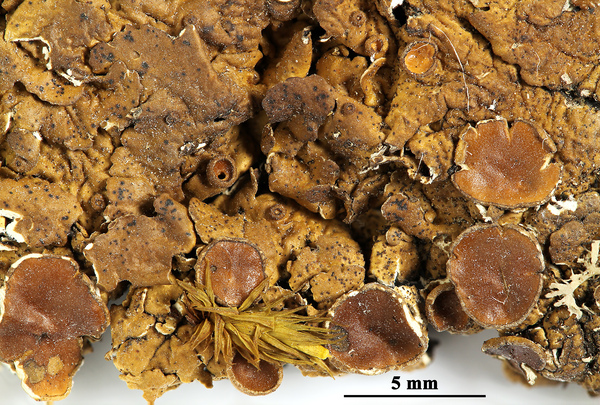
Felix Schumm - CC BY-SA 4.0
[0354], Maroccanum Regnum, Atlas Medius, Inter oppidos Azrou et Ifrane, ad corticem Quercus sp. Leg. W.L. Culberson (15 107) et C. F. Culberson, 29.5.1971. A. VEZDA: LICHENES SELECTI EXSICCATI NR. 1092.
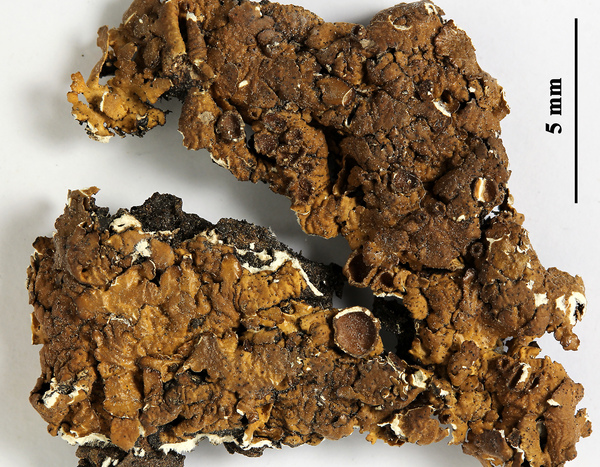
Felix Schumm - CC BY-SA 4.0
[0354], Maroccanum Regnum, Atlas Medius, Inter oppidos Azrou et Ifrane, ad corticem Quercus sp. Leg. W.L. Culberson (15 107) et C. F. Culberson, 29.5.1971. A. VEZDA: LICHENES SELECTI EXSICCATI NR. 1092.
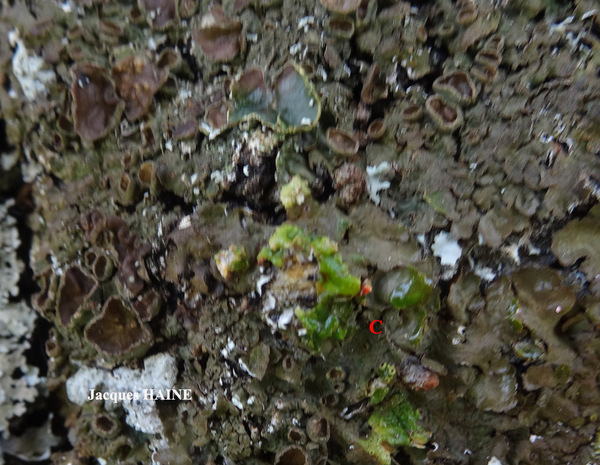
Jacques Haine - Source: http://www.lichensmaritimes.org/index.php?task=fiche&lichen=885&lang=en
France, Drôme Provençale
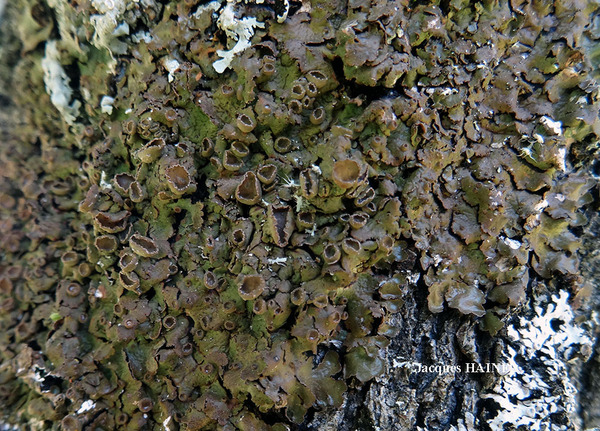
Jacques Haine - Source: http://www.lichensmaritimes.org/index.php?task=fiche&lichen=885&lang=en
France, Drôme Provençale
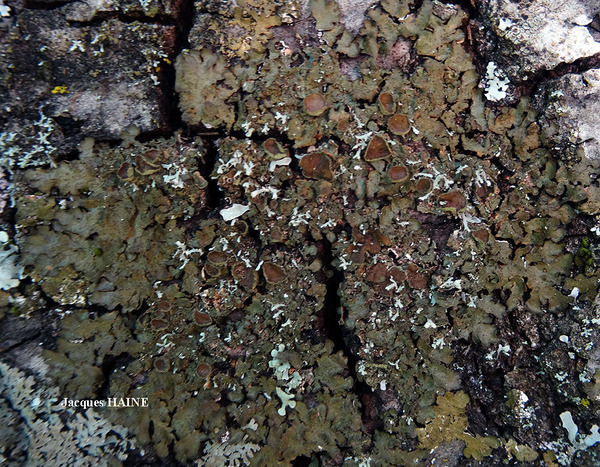
Jacques Haine - Source: http://www.lichensmaritimes.org/index.php?task=fiche&lichen=885&lang=en
France, Drôme Provençale
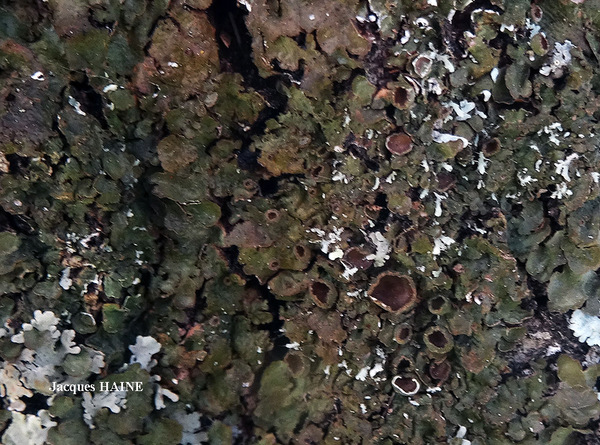
Jacques Haine - Source: http://www.lichensmaritimes.org/index.php?task=fiche&lichen=885&lang=en
France, Drôme Provençale
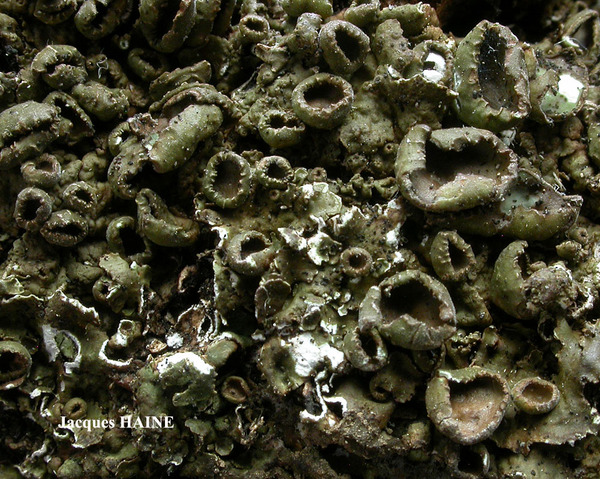
Jacques Haine - Source: http://www.lichensmaritimes.org/index.php?task=fiche&lichen=885&lang=en
France, Drôme Provençale
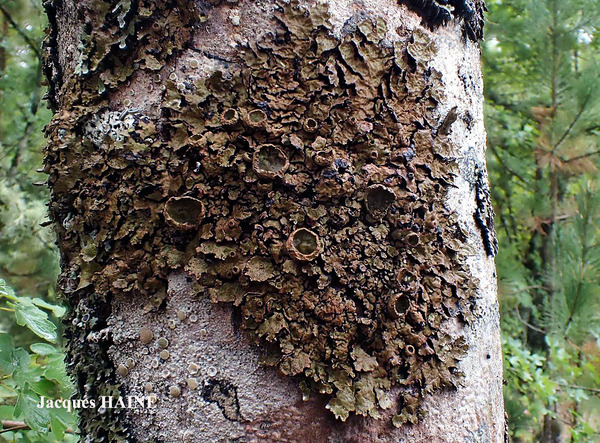
Jacques Haine - Source: http://www.lichensmaritimes.org/index.php?task=fiche&lichen=885&lang=en
France, Drôme Provençale
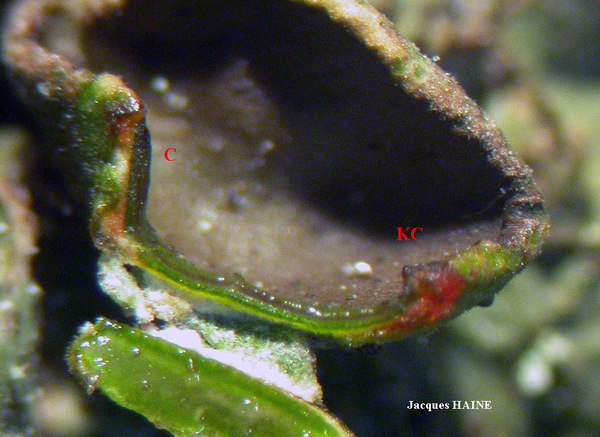
Jacques Haine - Source: http://www.lichensmaritimes.org/index.php?task=fiche&lichen=885&lang=en
France, Drôme Provençale
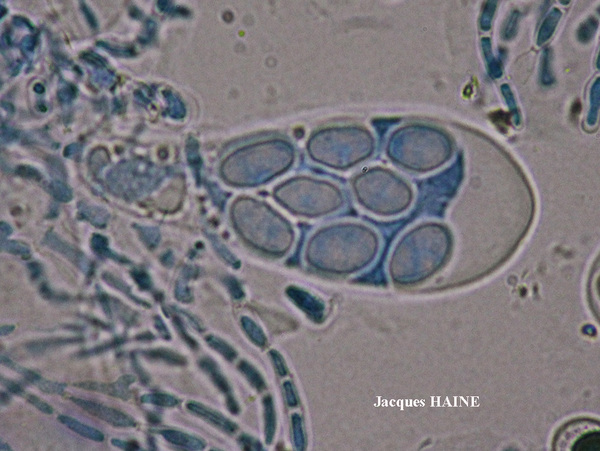
Jacques Haine - Source: http://www.lichensmaritimes.org/index.php?task=fiche&lichen=885&lang=en
France, Drôme Provençale
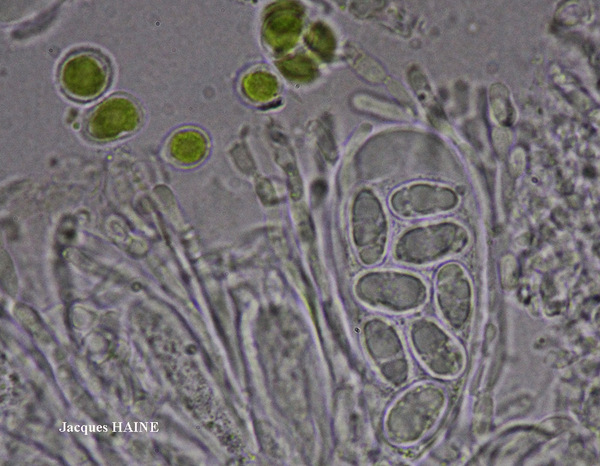
Jacques Haine - Source: http://www.lichensmaritimes.org/index.php?task=fiche&lichen=885&lang=en
France, Drôme Provençale
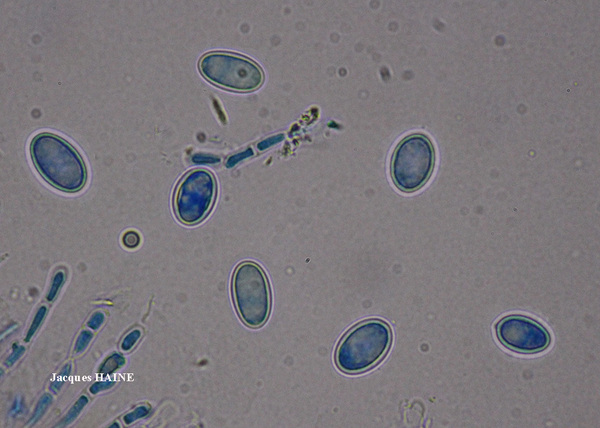
Jacques Haine - Source: http://www.lichensmaritimes.org/index.php?task=fiche&lichen=885&lang=en
France, Drôme Provençale
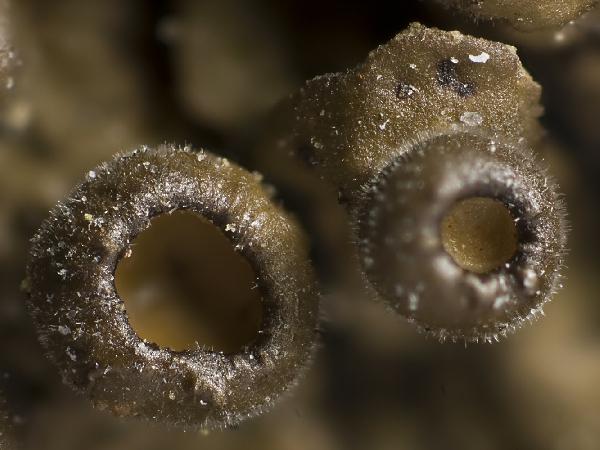
Ulrich Kirschbaum CC BY-SA 4.0 – Source: https://www.thm.de/lse/ulrich-kirschbaum/flechtenbilder
Austria: Alps. epiphytic
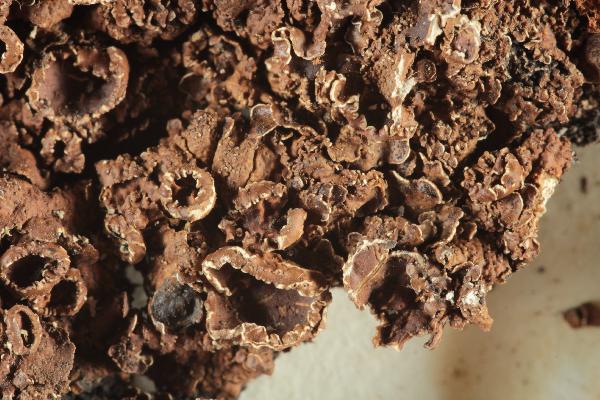
Collezione lichenologica Abramo Massalongo del Museo di Storia Naturale G. Ligabue di Venezia - Autori: Seggi, Linda; Trabucco, Raffaella Proprietà: Fondazione Musei Civici di Venezia - CC BY-NC
Italy, Veneto, Ad truncos arbor. ubique in regno Veneto 1855
as Parmelia olivacea
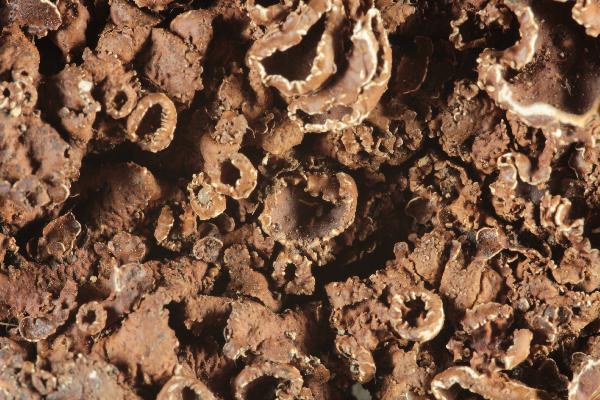
Collezione lichenologica Abramo Massalongo del Museo di Storia Naturale G. Ligabue di Venezia - Autori: Seggi, Linda; Trabucco, Raffaella Proprietà: Fondazione Musei Civici di Venezia - CC BY-NC
Italy, Veneto, Ad truncos arbor. ubique in regno Veneto 1855
as Parmelia olivacea
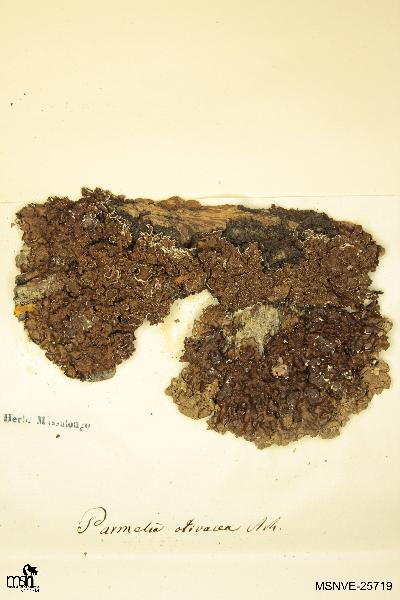
Collezione lichenologica Abramo Massalongo del Museo di Storia Naturale G. Ligabue di Venezia - Autori: Seggi, Linda; Trabucco, Raffaella Proprietà: Fondazione Musei Civici di Venezia - CC BY-NC
Italy, Veneto, Ad truncos arbor. ubique in regno Veneto 1855
as Parmelia olivacea
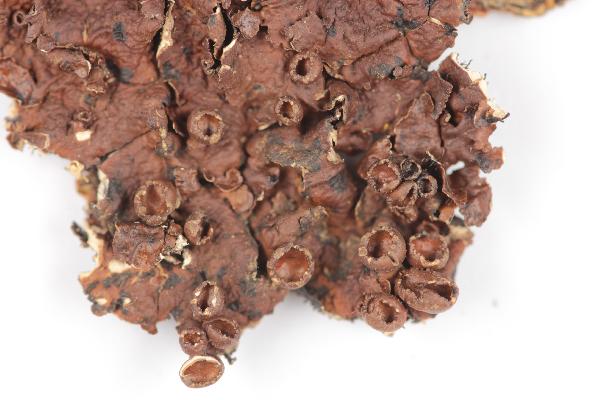
Collezione lichenologica Abramo Massalongo del Museo di Storia Naturale G. Ligabue di Venezia - Autori: Seggi, Linda; Trabucco, Raffaella Proprietà: Fondazione Musei Civici di Venezia - CC BY-NC
Italy, Veneto, n urb. Pataviae Veronae
as Parmelia olivacea
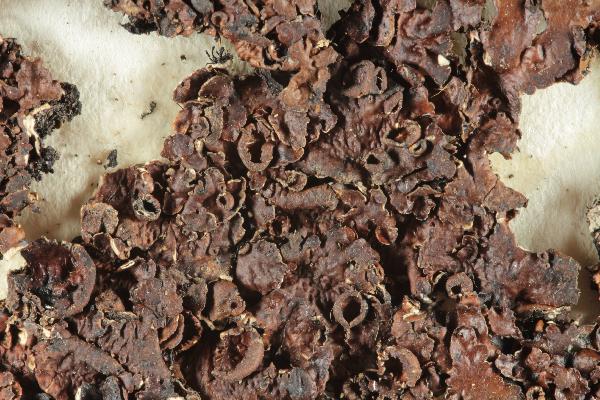
Collezione lichenologica Abramo Massalongo del Museo di Storia Naturale G. Ligabue di Venezia - Autori: Seggi, Linda; Trabucco, Raffaella Proprietà: Fondazione Musei Civici di Venezia - CC BY-NC
Italy, Veneto, Ad truncos fagorum in opp. Campofontana (M. Alba) 1855
Isotype of Parmelia olivacea var. imbricata A. Massal.
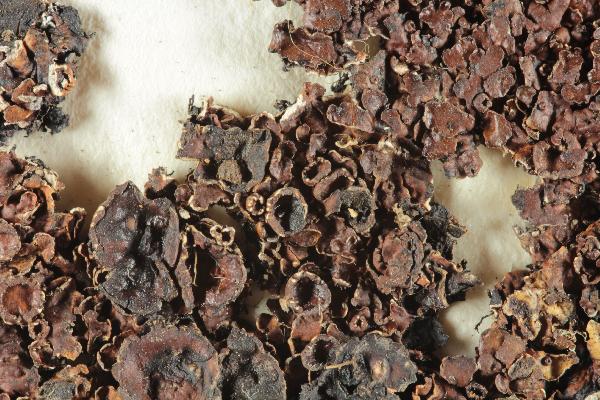
Collezione lichenologica Abramo Massalongo del Museo di Storia Naturale G. Ligabue di Venezia - Autori: Seggi, Linda; Trabucco, Raffaella Proprietà: Fondazione Musei Civici di Venezia - CC BY-NC
Italy, Veneto, Ad truncos fagorum in opp. Campofontana (M. Alba) 1855
Isotype of Parmelia olivacea var. imbricata A. Massal.
Growth form: Foliose, broad lobed
Substrata: bark
Photobiont: green algae other than Trentepohlia
Reproductive strategy: mainly sexual
Commonnes-rarity: (info)
Alpine belt: absent
Subalpine belt: absent
Montane belt: rather rare
Dry submediterranean belt: very common
Humid submediterranean belt: common
Padanian area: extremely rare
pH of the substrata:
| 1 | 2 | 3 | 4 | 5 |
Solar irradiation:
| 1 | 2 | 3 | 4 | 5 |
Aridity:
| 1 | 2 | 3 | 4 | 5 |
Eutrophication:
| 1 | 2 | 3 | 4 | 5 |
Poleotolerance:
| 0 | 1 | 2 | 3 |
Altitudinal distribution:
| 1 | 2 | 3 | 4 | 5 | 6 |
Rarity
absent
extremely rare
very rare
rare
rather rare
rather common
common
very common
extremely common
Loading data...
Occurrence data
Predictive map
 Current prediction (1981-2010)
Current prediction (1981-2010) Future prediction (2071-2100) SSP 1-2.6
Future prediction (2071-2100) SSP 1-2.6 Future prediction (2071-2100) SSP 5-8.5
Future prediction (2071-2100) SSP 5-8.5Predictive maps according to Francesconi et al. 2025

Andrea Moro; Owner: Department of Life Sciences, University of Trieste
Italy, Friuli Venezia Giulia, Trieste, Trieste Karst, Basovizza
21/02/2008

P.L. Nimis; Owner: Department of Life Sciences, University of Trieste
Herbarium: TSB (34313)
2001/12/24
apothecium

Andrea Moro; Owner: Department of Life Sciences, University of Trieste
Italy, Friuli-Venezia Giulia, TS, Basovizza; altitude: 2
2008.02.21

Andrea Moro; Owner: Department of Life Sciences, University of Trieste
Italy, Friuli-Venezia Giulia, TS, Basovizza; altitude: 2
2008.02.21

Andrea Moro; Owner: Department of Life Sciences, University of Trieste
Italy, Friuli-Venezia Giulia, TS, Basovizza; altitude: 2
2008.02.21

P.L.Nimis; Owner: Department of Life Sciences, University of Trieste
Herbarium: TSB (37012)
2008.02.28

Juri Nascimbene; Owner: Department of Life Sciences, University of Trieste
Italy, Trentino-Alto Adige, Trento, Villa Welsperg, Centro Visitatori del Parco di Paneveggio; altitude: 1030 m
03.04.2009

Juri Nascimbene; Owner: Department of Life Sciences, University of Trieste
Italy, Trentino-Alto Adige, Trento, Villa Welsperg, Centro Visitatori del Parco di Paneveggio; altitude: 1030 m
03.04.2009

Felix Schumm – CC BY-SA 4.0
[1154], Österreich, Tirol, Tannheimer Tal, bei Nesselwängle, an Eberesche, 1150 m. Leg. et det. Schumm 15.03.1968

Felix Schumm – CC BY-SA 4.0
[1154], Österreich, Tirol, Tannheimer Tal, bei Nesselwängle, an Eberesche, 1150 m. Leg. et det. Schumm 15.03.1968

Felix Schumm – CC BY-SA 4.0
[1154], Österreich, Tirol, Tannheimer Tal, bei Nesselwängle, an Eberesche, 1150 m. Leg. et det. Schumm 15.03.1968

Felix Schumm – CC BY-SA 4.0
[1154], Österreich, Tirol, Tannheimer Tal, bei Nesselwängle, an Eberesche, 1150 m. Leg. et det. Schumm 15.03.1968

Felix Schumm – CC BY-SA 4.0
[1154], Österreich, Tirol, Tannheimer Tal, bei Nesselwängle, an Eberesche, 1150 m. Leg. et det. Schumm 15.03.1968

Felix Schumm - CC BY-SA 4.0
[0354], Maroccanum Regnum, Atlas Medius, Inter oppidos Azrou et Ifrane, ad corticem Quercus sp. Leg. W.L. Culberson (15 107) et C. F. Culberson, 29.5.1971. A. VEZDA: LICHENES SELECTI EXSICCATI NR. 1092.

Felix Schumm - CC BY-SA 4.0
[0354], Maroccanum Regnum, Atlas Medius, Inter oppidos Azrou et Ifrane, ad corticem Quercus sp. Leg. W.L. Culberson (15 107) et C. F. Culberson, 29.5.1971. A. VEZDA: LICHENES SELECTI EXSICCATI NR. 1092.

Jacques Haine - Source: http://www.lichensmaritimes.org/index.php?task=fiche&lichen=885&lang=en
France, Drôme Provençale

Jacques Haine - Source: http://www.lichensmaritimes.org/index.php?task=fiche&lichen=885&lang=en
France, Drôme Provençale

Jacques Haine - Source: http://www.lichensmaritimes.org/index.php?task=fiche&lichen=885&lang=en
France, Drôme Provençale

Jacques Haine - Source: http://www.lichensmaritimes.org/index.php?task=fiche&lichen=885&lang=en
France, Drôme Provençale

Jacques Haine - Source: http://www.lichensmaritimes.org/index.php?task=fiche&lichen=885&lang=en
France, Drôme Provençale

Jacques Haine - Source: http://www.lichensmaritimes.org/index.php?task=fiche&lichen=885&lang=en
France, Drôme Provençale

Jacques Haine - Source: http://www.lichensmaritimes.org/index.php?task=fiche&lichen=885&lang=en
France, Drôme Provençale

Jacques Haine - Source: http://www.lichensmaritimes.org/index.php?task=fiche&lichen=885&lang=en
France, Drôme Provençale

Jacques Haine - Source: http://www.lichensmaritimes.org/index.php?task=fiche&lichen=885&lang=en
France, Drôme Provençale

Jacques Haine - Source: http://www.lichensmaritimes.org/index.php?task=fiche&lichen=885&lang=en
France, Drôme Provençale

Ulrich Kirschbaum CC BY-SA 4.0 – Source: https://www.thm.de/lse/ulrich-kirschbaum/flechtenbilder
Austria: Alps. epiphytic

Collezione lichenologica Abramo Massalongo del Museo di Storia Naturale G. Ligabue di Venezia - Autori: Seggi, Linda; Trabucco, Raffaella Proprietà: Fondazione Musei Civici di Venezia - CC BY-NC
Italy, Veneto, Ad truncos arbor. ubique in regno Veneto 1855
as Parmelia olivacea

Collezione lichenologica Abramo Massalongo del Museo di Storia Naturale G. Ligabue di Venezia - Autori: Seggi, Linda; Trabucco, Raffaella Proprietà: Fondazione Musei Civici di Venezia - CC BY-NC
Italy, Veneto, Ad truncos arbor. ubique in regno Veneto 1855
as Parmelia olivacea

Collezione lichenologica Abramo Massalongo del Museo di Storia Naturale G. Ligabue di Venezia - Autori: Seggi, Linda; Trabucco, Raffaella Proprietà: Fondazione Musei Civici di Venezia - CC BY-NC
Italy, Veneto, Ad truncos arbor. ubique in regno Veneto 1855
as Parmelia olivacea

Collezione lichenologica Abramo Massalongo del Museo di Storia Naturale G. Ligabue di Venezia - Autori: Seggi, Linda; Trabucco, Raffaella Proprietà: Fondazione Musei Civici di Venezia - CC BY-NC
Italy, Veneto, n urb. Pataviae Veronae
as Parmelia olivacea

Collezione lichenologica Abramo Massalongo del Museo di Storia Naturale G. Ligabue di Venezia - Autori: Seggi, Linda; Trabucco, Raffaella Proprietà: Fondazione Musei Civici di Venezia - CC BY-NC
Italy, Veneto, Ad truncos fagorum in opp. Campofontana (M. Alba) 1855
Isotype of Parmelia olivacea var. imbricata A. Massal.



